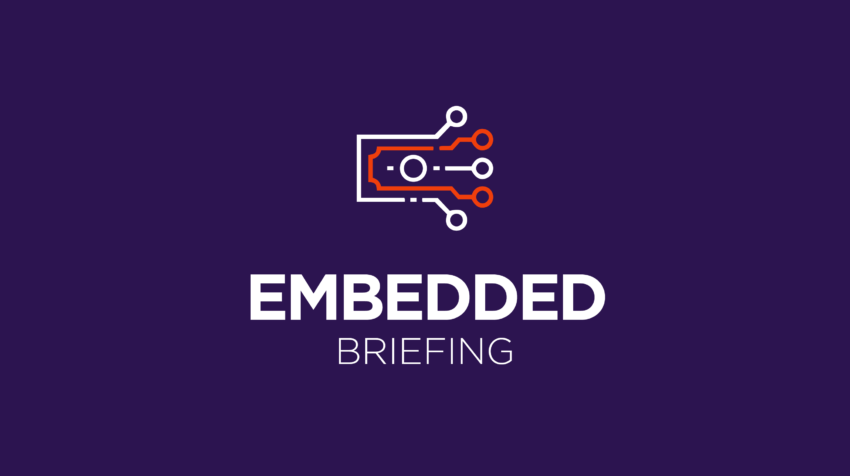Embedded Finance, Member Exclusive
Embedded Briefing: Klarna (and maybe BNPL) in trouble
- As Klarna announces laying off 10% of its work force, competitors have their eyes set of its market share.
- The future of insurance is embedded. New study reports areas where traditional and digital banking customers would like to see it happen.








